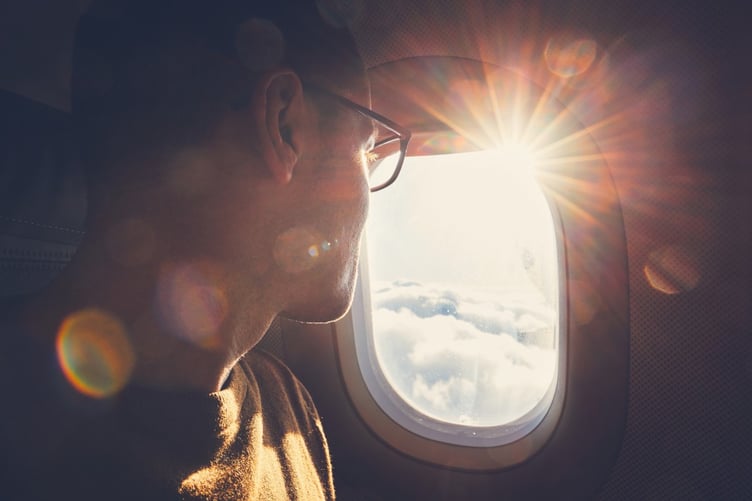
The global travel industry wasn’t thrown into upheaval by the COVID-19 crisis so much as it came to a dead stop. Economic engines are restarting now, but tentatively. And the months-long disruption will have a far-reaching financial consequence; international tourism will decline by 60-80% on the year, translating to billions and perhaps trillions in lost revenue.
Such dramatic impact has led travel brands to explore unconventional approaches. Tour operators and tourism boards are expanding their online virtual tour capabilities. Hotels and OTAs are making “no cancellation fees” the centerpiece of their marketing campaigns. And most recently, American Airlines and United Airlines used their loyalty programs as collateral to secure loans.
The significant financial value of both airlines’ loyalty programs makes them ideal assets to backstop these critical loans. The revelation has been just how valuable those airline loyalty programs are.
The truth is, they’re worth even more than their dollar valuation indicates. Frequent flier and travel loyalty programs are proven drivers of cash flow, overall revenue, and long-term customer retention. And they can be a leading profit center during the recovery if airlines and travel brands create more ways for their members to interact with their programs by offering relevant travel products and expanding earn and burn options.
The Revenue-Generating Power of Loyalty Programs
In the process of offering its MileagePlus program as collateral for the CARES Act payroll support loan, United put its value at $22 billion. American valued its AAdvantage loyalty program at between $19.5 billion and $31.5 billion.
These are huge numbers, but they make sense. United sold about $5.3 billion in MileagePlus miles in 2019, representing 12% of the airline’s total revenue and contributing $1.8 billion to its total pretax earnings. American, with similar cobrand card relationships and ancillary service provider partnerships, reported $5.6 billion in loyalty and related revenues in 2019. Loyalty programs are direct money-makers for airlines, and often the most important ones they control.
Large global airlines aren’t the only companies that generate significant direct revenue from their loyalty programs. An upcoming Switchfly report, based on a worldwide survey of travel brands and consumers, finds that 54% of travel companies have loyalty programs. Of those companies, 26% said their loyalty programs contribute up to 45% of annual revenues. 16% of travel companies said that they generate up to 65% of their revenues per year.
Loyalty programs have a measurable, positive impact on regular operations. And their dollar value has been revealed. The question is, how can airlines and travel brands get the most out of their loyalty programs as the industry recovers?
More Options = More Interactions = More Brand Value
With travel restricted, operational revenue has effectively dried up, and customer interactions with travel brands are reduced. But those interactions have a value to a travel brand and are essential to maintain, especially as the crisis transitions to recovery. Positive brand interactions create trust and drive loyalty and contribute to future revenues and gains in market share.
Frequent flier and travel loyalty programs also create these positive interactions by delivering value to the consumer during the booking process and offering the benefits of status during travel. Travel brands that expand the options available to their loyalty program members during booking increase the opportunity for positive brand interactions, and improve customer retention.
By offering members the ability to earn and redeem points for a wider variety of travel relevant products and services, airlines and travel brands can capture a greater percentage of their members’ travel dollars.
Customer Segmentation
Which products and services are “relevant” will vary from member to member. That’s why travel loyalty programs must have the capability to group customers by segment and present those segments with customized earning and redemption options. And they can engage both high- and lower-balance members in ways they’re most likely to respond positively to.
Offering tailored, branded experiences to different customer segments also helps travel brands differentiate their loyalty programs and boost the revenue they earn from them. As the airline industry emerges from the pandemic, that ability provides not only a competitive advantage but also a viable and sustainable source of cash flow.
Reducing Balance Sheet Liability
Expanding loyalty program members’ ability to redeem points and miles also has the knock-on effect of reducing the liability inherent to every loyalty program. It’s a significant consideration for major airlines’ loyalty programs, despite their massive valuations. American’s AAdvantage, for instance, had $8.6 billion in deferred loyalty liabilities at the end of 2019. United carried $5.28 billion in balance sheet liability from unredeemed MileagePlus points and miles.
Most airlines and travel brands are willing to trade the risk of carrying these liabilities for the myriad benefits their loyalty programs provide. But creating new redemption opportunities helps reduce that liability. Travel brands can improve their balance sheet position by allowing members to use points and miles in combination with cash payment options.
The industry-wide recovery phase will be getting back to normal operations - planes in the air, heads in beds, net bookings in the black. As they do, travel brands also should make their loyalty programs a top priority and put them to work.
If companies can expand earning and redemption options, they give program members more opportunities to interact with their brands. By providing different member segments with tailored offerings, they can boost crucial revenue streams and engage different customer groups in the most relevant and profitable ways.
And by incorporating points+cash into their redemption schemes, airlines can draw down their balance sheet liability even when traditional operations are interrupted.
Want to learn how Switchfly can help your airline or travel brand engage and reward customers as they start traveling again with more loyalty program and booking options? Get in touch with us here.




